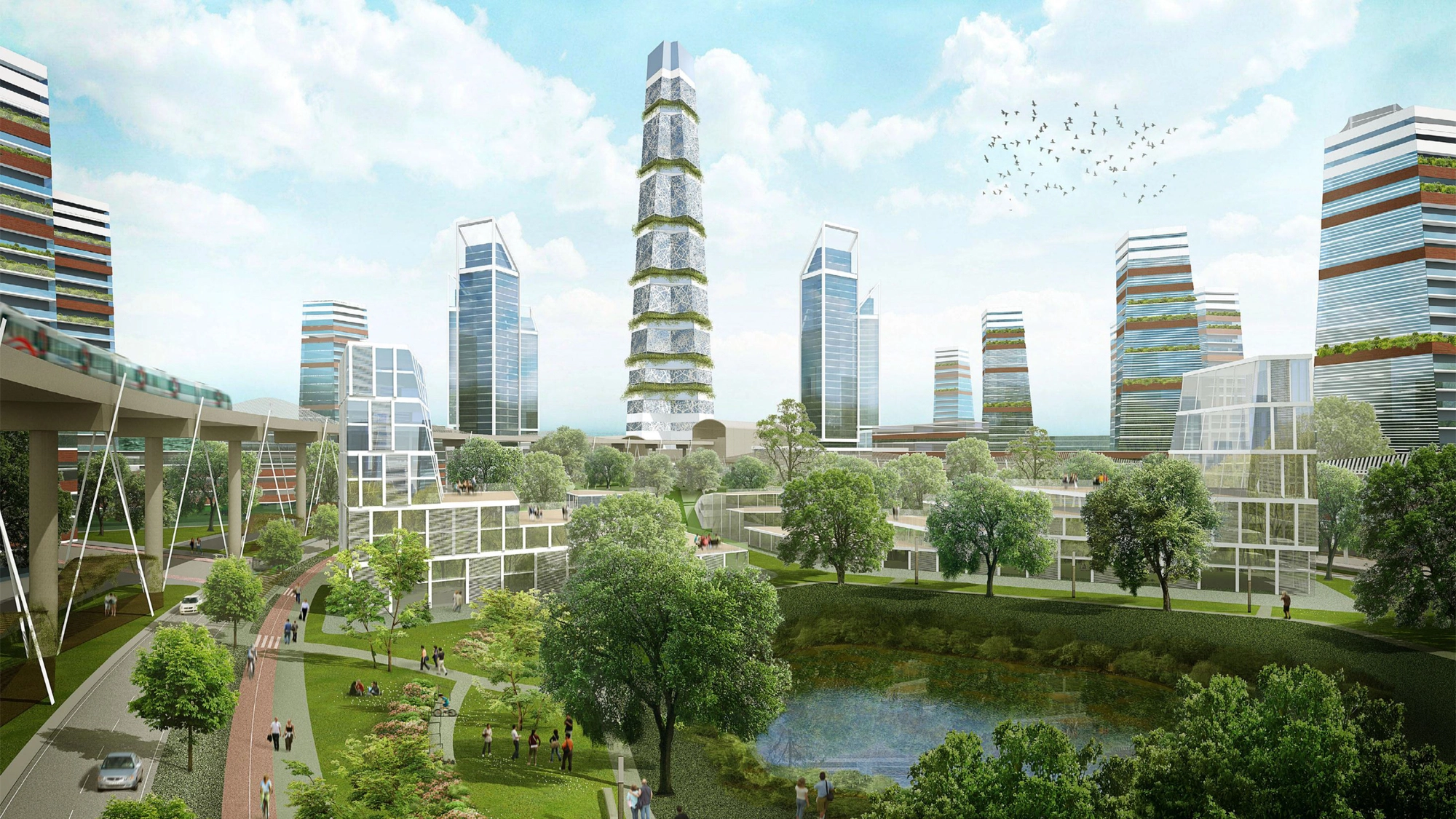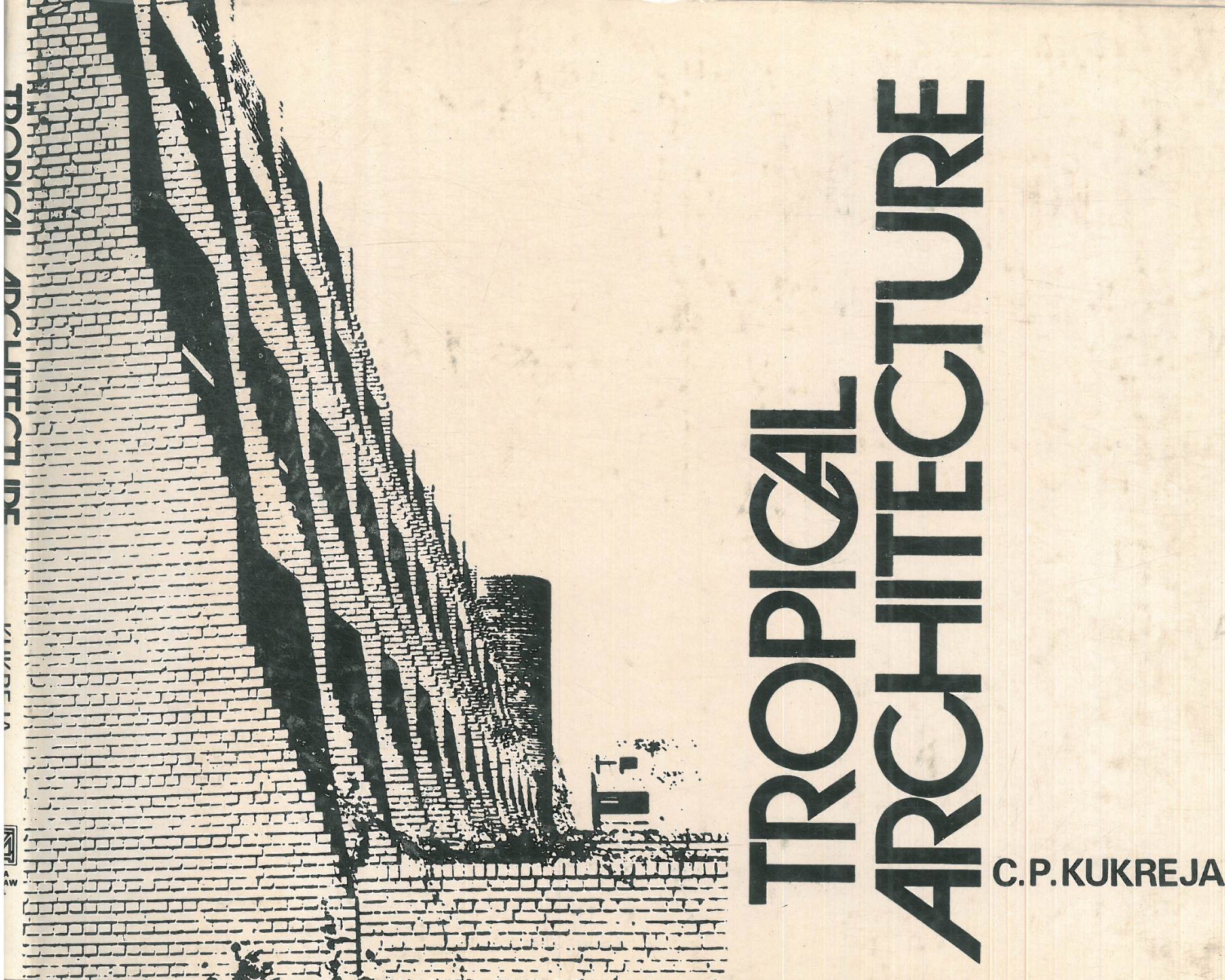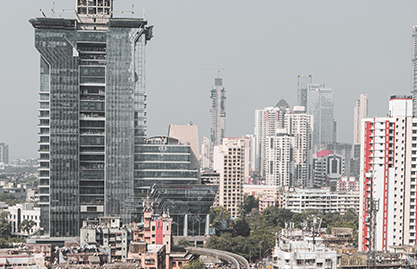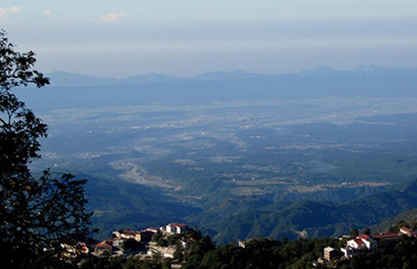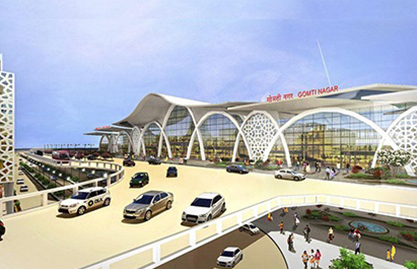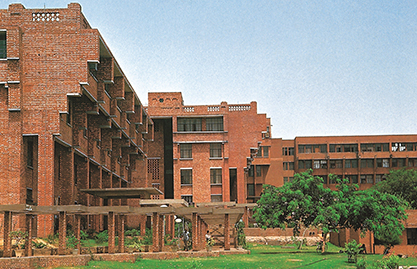Renewing India - Discussions on Transformative Urbanism
The approach to planning and designing a city is driven by a number of aspects. While many features are considered, it is crucial to be mindful of the larger urban context. Design interventions that take place outside the context end up as isolated parcels within the city. Transformative urbanism is an approach that addresses the context by creating ingenious solutions for urban problems.
At the News18 Rising India Summit in New Delhi, a panel titled ‘Renewing India’ explored the idea of contextual approaches to urban design and planning in India. The conversation features Keshav Varma, Retd. IAS and Chairman, Sabarmati Riverfront Development Corporation, Ahmedabad, and Dikshu C. Kukreja, Architect, Urbanist and Managing Principal at CP Kukreja Architects, New Delhi. The discussion, moderated by journalist Shweta, invited the panellists to bring their learnings from transforming Indian cities through urban design, planning and policymaking. This blog looks at some essential points highlighted during the talk.
Addressing Heritage Revitalisation
The city plans that deal with historically sensitive areas must ensure that such areas are demarcated and developed in a manner that their original urban character is not compromised while the basic infrastructure is being laid around. Speaking about his ongoing project, the master plan for the city of Ayodhya, Dikshu Kukreja, stated, “We are working on an urban transformation of this historical city by retaining its identity, sanctity, and cultural significance. It is a responsibility to build on an existing heritage and simultaneously introduce modern infrastructure like airports, railways stations and other transit systems. Therefore, instead of inserting glass-fronted buildings, we are looking at introducing state-of-the-art buildings with the ethos of historical architecture.”
On similar lines, speaking about his conservation plans for the Jhelum Riverfront Development, Srinagar, Keshav Varma stated, “Alongside developing the riverfront, we are also restoring the existing built heritage along the river which can prove to become a model for such heritage revitalisation in the country.”
Need for Transformative Urbanism
When it comes to urban renewal projects in developing countries like India, the commonly seen approach mimics the Western notions of architecture and urban design and do not respond to the local context. Transformative urbanism that responds to its immediate social and spatial context should be adopted for such developments. Expressing his concern about such practices, Kukreja mentioned, “In the last five decades, western inspirations have guided the way we planned our cities which were designed for cars and not pedestrians. We should be moving ahead of this 20th-century practice, and can extract better takeaways from western cities and reinterpret them for our local context.”
Talking about his experiences in Ahmedabad and Srinagar, Varma added. “For Srinagar, we are aiming to develop 80 kilometres of pedestrian-friendly stretches which will ensure that the tourists and residents enjoy the scenic beauty of the city while they stroll, by restricting car movements and increasing walkability.”
He also mentioned the rehabilitation of 13,000 people who lived alongside the edge of the Sabarmati River – a move that provided housing for this vulnerable population and improved their social and physical conditions.
Both professionals, with their experience from different projects, made a case for and encouraged contextual urban design practices that closely address local needs and culture.


